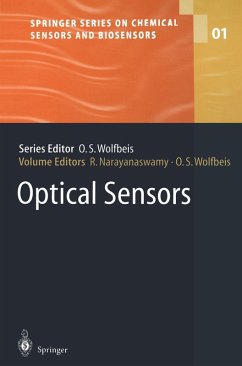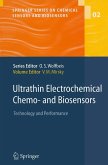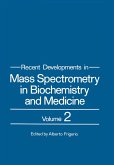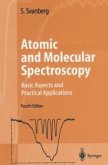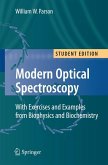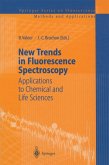Optical sensor technology has reached a level of technological maturity that makes it a promising candidate for applications to specific sensing challenges including those in environmental monitoring, in process control (particularly in biotechnology), in clinical assays were low-cost one-way sensing elements are needed, and in other areas. Optical sensors can be used as fiber optic microsensors, as planar coatings in bioreactors, in microtiterplate format, in disposable single-shot devices, and as planar membranes that can be imaged using sensitive cameras. The spectral range extends from the UV to the infrared, and from absorption to emission to surface plasmon resonance. Hence, a variety of schemes are conceivable, and this volume gives a state of the art description of the state of the art.
Dieser Download kann aus rechtlichen Gründen nur mit Rechnungsadresse in A, B, BG, CY, CZ, D, DK, EW, E, FIN, F, GR, HR, H, IRL, I, LT, L, LR, M, NL, PL, P, R, S, SLO, SK ausgeliefert werden.
From the reviews:
"This book is particularly summarizing the various types and developments in optical sensor technology during the past two decades, and gives also an insight to the future trends in this permanently growing field. This book is providing knowledge on a variety of optical sensor techniques ... and is, therefore, highly recommended to graduate students and experienced researchers, who are engaged in this interesting scientific field in academia and industry." (Advances in Food Science - AFS, Vol. 27 (1), 2005)
"This book summarized various types of developments in optical sensor science over the past two decades with an insight to future trends. ... This book will be useful for scientists and students working in the field of optical sensors and biosensors, particularly modern immuno- and genosensors." (Chemia Analityczna, Issue 49, 2004)
"This book provides a good overview of the state of the art in optical sensors for industrial, environmental and diagnostic applications. ... This unique book contributes a concise collection of knowledge to this highly interdisciplinary field ... . is an ideal starting point for interested readers and a valuable source of information to scientists. ... The high density of information together with a 'trend analysis' of future directions provides a highly valuable content to the readership." (Guenther Proll, Analytical and Bioanalytical Chemistry, Vol. 381, 2005)
"This book is particularly summarizing the various types and developments in optical sensor technology during the past two decades, and gives also an insight to the future trends in this permanently growing field. This book is providing knowledge on a variety of optical sensor techniques ... and is, therefore, highly recommended to graduate students and experienced researchers, who are engaged in this interesting scientific field in academia and industry." (Advances in Food Science - AFS, Vol. 27 (1), 2005)
"This book summarized various types of developments in optical sensor science over the past two decades with an insight to future trends. ... This book will be useful for scientists and students working in the field of optical sensors and biosensors, particularly modern immuno- and genosensors." (Chemia Analityczna, Issue 49, 2004)
"This book provides a good overview of the state of the art in optical sensors for industrial, environmental and diagnostic applications. ... This unique book contributes a concise collection of knowledge to this highly interdisciplinary field ... . is an ideal starting point for interested readers and a valuable source of information to scientists. ... The high density of information together with a 'trend analysis' of future directions provides a highly valuable content to the readership." (Guenther Proll, Analytical and Bioanalytical Chemistry, Vol. 381, 2005)

